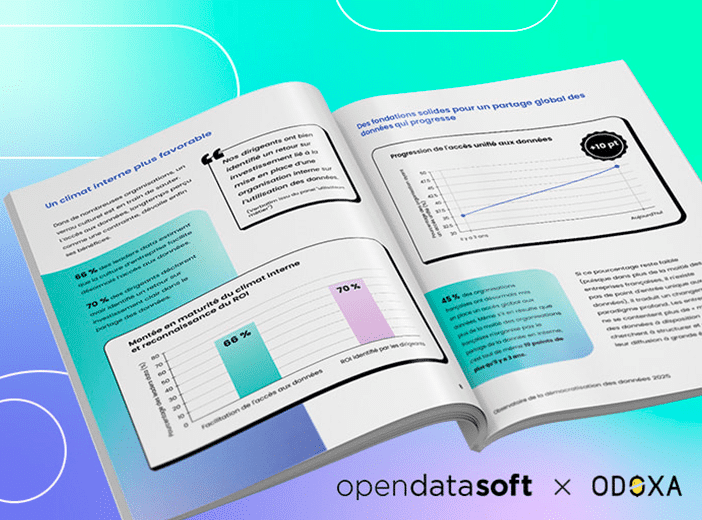Glossary
Smart City
A smart city is an area that uses technology and data to improve the citizen experience, increase efficiency, innovate, and meet its wider objectives.
Smart cities are not new concepts and have evolved steadily over time. From initially being technology-led they are increasingly focused on the needs of citizens and businesses. Smart city projects now often involve citizens and use their feedback to tailor projects so that they deliver value to them.
What is a smart city?
A smart city is an area that uses technology and data to improve the citizen experience, increase efficiency, innovate, and meet its wider corporate objectives. A smart city doesn’t have to be a large urban area – it can be a smaller municipality or even a collection of towns working together.
Cities become smart by :
- Anticipating the needs of citizens and valuing their time
- Delivering a joined-up, high-quality experience to citizens
- Using automation to increase efficiency and productivity
- Increasing transparency by keeping citizens up-to-date and informed
- Improving services using technology
- Meeting goals around sustainability, traffic reduction and lowering crime
- Limiting costs and preventing future issues, such as through monitoring rainfall or rises in water levels
- For example, a smart city could analyze data to perform predictive maintenance on its equipment, avoiding costly and disruptive breakdowns.
Smart cities rely on data to give a real-time picture of operations. Cities therefore need to deploy connected sensors to collect information, which is then managed and made available through data portals, either internally or externally.
How has the smart city concept evolved in recent years?
The smart city concept itself has evolved over time, with three clear generations of how it is organized and managed:
- Smart City 1.0 was led by technology providers. That meant it didn’t focus on the needs of the city or citizens, but instead showcased the possibilities that the latest technology provided.
- Smart City 2.0 was led by and controlled by cities. While this enabled programs to meet the needs of municipalities it didn’t necessarily take into account the requirements of citizens and businesses.
- Smart City 3.0 is not solely controlled by either city leaders or technology providers. Instead, it revolves around a citizen co-creation model that ensures that smart services built on open data meet the requirements of residents.
The latest generation of smart cities balance the needs of citizens and local government. That means there are clear benefits for residents and set rules on how data (such as from connected cameras) is used to ensure transparency and buy-in. By focusing on real use cases, from the environment to air quality, transparency of public services, and innovation and monitoring of municipal performance, today’s smart cities add value and help attract citizens and tourists to particular areas, to live, work and visit.
What are common smart city applications?
Today’s smart cities deliver multiple benefits to citizens, the public sector, businesses and wider society.
Environmental monitoring
All cities are committing to reducing their emissions, decarbonizing, and improving the wider environment. By collecting data on municipal water, electricity and gas consumption, and making this available, authorities can monitor their usage through dashboards and find ways to reduce it.
Air quality monitoring sensors can be used to identify areas of higher pollution, informing decision-making and helping explain any measures taken (such as traffic reduction) in that area.
In the same way, data is helping to improve waste management, notably with smart bins automatically message when they are nearly full. This reduces littering and increases efficiency.
Making the city a better place to live in
Providing quality service means understanding the needs of residents and visitors, and responding to them effectively. For example, smart traffic management can reduce congestion, and interactive maps can show where there are free car parking spaces. This encourages people to visit, while reducing unnecessary mileage as drivers search for places to park. Smart buildings, for example town halls and civic buildings, use data to manage themselves more efficiently, reducing energy use and minimizing resources.
Making the city attractive to tourists
As well as applications such as smart parking, smart cities can use data to showcase their area to visitors. Sharing information on amenities, weather and beaches, providing interactive walking routes or highlighting areas that are especially crowded help tourists to enjoy their visit.
Today’s smart cities go far beyond technology to use data to improve the city, its management, and the lives of its inhabitants.
Learn more

Delivering AI success through seamless access to actionable and machine readable data
High quality data is at the heart of successfully training and deploying AI algorithms and agents. Our blog explains how organizations can ensure that they are sharing easily actionable, machine readable data with AI through data products and data product marketplaces



